- Department of Chemistry and Biochemistry
- Research
- Faculty Interests
Faculty Research Interests
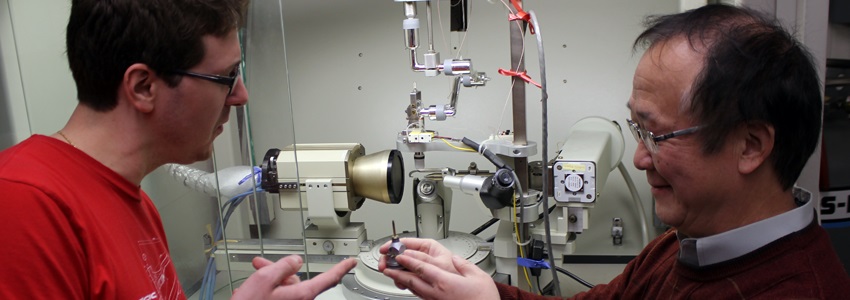
Students in our department experience a wide range of research opportunities — from working with a single faculty advisor in the traditional areas of chemistry, through highly interdisciplinary and collaborative projects.
The research interests of our faculty not only span across the traditional areas of chemistry, but also across other disciplines, including materials science, biology, physics, and engineering.
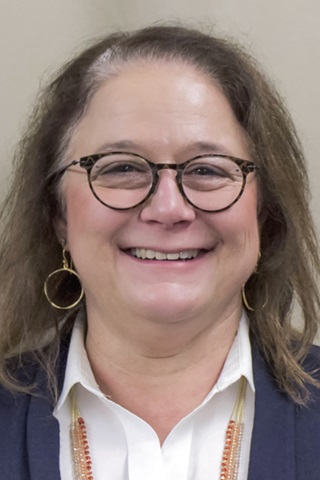 |
Elizabeth R. GaillardPh.D., University of Texas at Austin, 1991 Light Damage in Biological TissuesOur research interests lie in the general area of the biochemical basis of age-related eye diseases such as cataract and macular degeneration. We are particularly interested in understanding the rates and mechanisms of chemical reactions that ultimately lead to tissue damage, because this information allows us to develop drugs or protocols that can slow down, stop, or even possibly reverse injury. The eye is continuously exposed to light, has the most (retina) and least (lens) oxygenated tissue in the body, and has highly specialized structures for tight regulation of material into and out of the eye. These factors all play important roles in the onset and progression of disease. Our work involves the use of several types of laser-based spectroscopy, mass spectrometry (lipidomics and proteomics), and tissue culture methods. View group members. Learn more about Elizabeth Gaillard. |
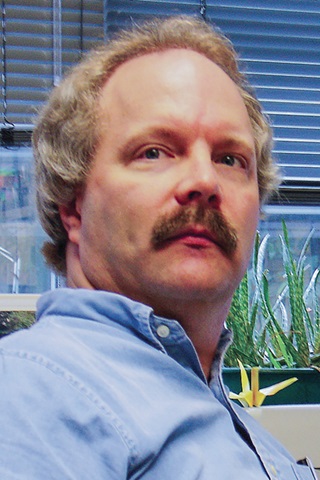 |
Thomas M. GilbertPh.D., University of California, Berkeley, 1985 Computational ChemistryResearch in the Gilbert group focuses on computationally elucidating why compounds react as they do. We employ electronic structure theory to address questions involving a range of donor/acceptor interactions, including trans-annular interactions in cage compounds and weak interactions in “frustrated Lewis pair” systems. We also study compounds that formally contain donor/acceptor multiple bonds, comparing their structures and reactivities to those of well-known species such as alkenes/alkynes and transition metal carbenes/carbynes. We collaborate in diverse areas including organic, inorganic, and analytical chemistries by supporting experimental work with computational studies, providing physical underpinnings to laboratory observations. Learn more about Thomas Gilbert. |
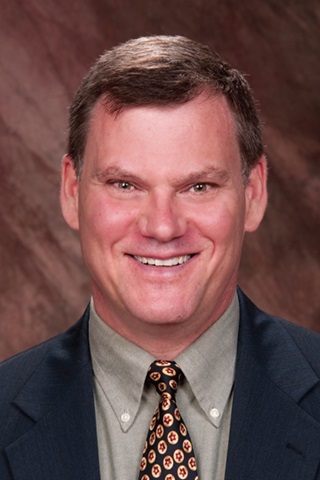 |
Timothy J. HagenPh.D., University of Wisconsin–Milwaukee, 1988 Design and Synthesis of Molecules With Biological SignificanceOur lab is focused on structure-based design and synthesis of small molecules that can modulate essential pathways of infectious disease organisms with an emphasis on small molecule–protein interactions and target specificity. We utilize fragment-based screening, de novo design, and synthesis of natural products. Specific areas of interest include: fragment-based design of novel small molecules to selectively disrupt key enzymatic interactions such as the non-mevalonate isoprenoid biosynthetic pathway; design and synthesis of novel small molecules to selectively inhibit enzymes such as MetAP2 that are essential to bacteria and parasitic organisms; and natural product synthesis with investigation of their biological activities. Check out the Hagen group website. Learn more about Timothy Hagen. |
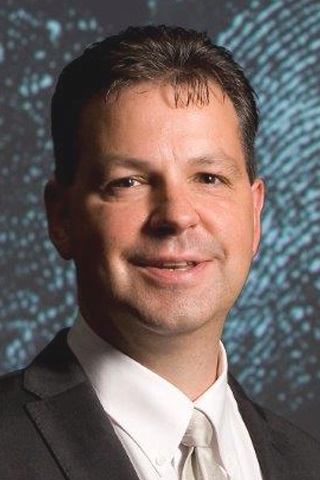 |
Oliver HofstetterDr. rer. nat., Eberhard-Karls-Universität Tübingen, 1999 Biorecognition and Chiral SeparationsPhysiological processes such as metabolic pathways, intra- and intercellular communication, and the response to infection depend on highly specific interactions between biological macromolecules and their binding partners, called ligands. Research in the Hofstetter lab focuses on the exploitation of the unsurpassed binding characteristics of proteins in bioanalytical applications ranging from affinity chromatography to fingermark detection. Both classical immunological and molecular biological techniques are employed to produce affinity capture reagents and optimize their physicochemical properties. An important aspect of our work is the design of novel assays, biosensors, and chromatographic techniques that then utilize these reagents for the detection and separation, respectively, of relevant ligands. Learn more about Oliver Hofstetter. |
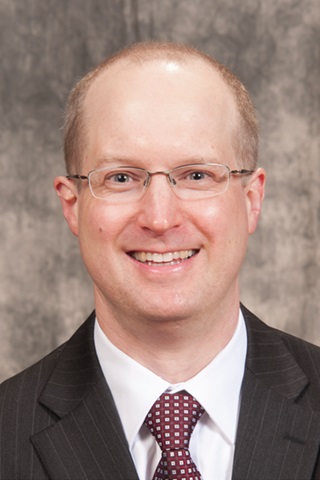 |
James R. HornPh.D., University of Iowa, 2002 Protein Interactions and Protein EngineeringProtein–protein and protein–ligand interactions play fundamental roles in biological processes and are frequently used in a variety of biotechnology applications. Consequently, there is great interest in understanding the chemical properties that drive these interactions and learning how they may be manipulated. Using a combination of experimental, computational, and protein engineering methods, our lab addresses these topics by examining the role of protein structure, dynamics, and stability on the binding energetics. We are also interested in developing new methodologies that allow “customized” control of protein interactions. The long-term impact of this research will help enhance our basic understanding of bimolecular recognition, improve protein engineering and design efforts, in addition to aiding structure-based drug design. View the Learn more about James Horn. |
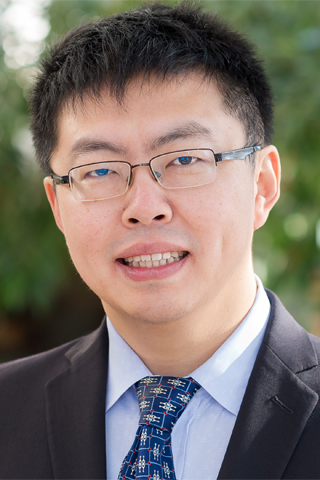 |
Tao LiPh.D., University of South Carolina–Columbia, 2009 Bio-Inspired Functional Nanomaterials for Medical and Energy ApplicationsOur research encompasses interdisciplinary projects to design and synthesize novel hierarchical functional nanomaterials for potential applications in nanomedicine and energy-related fields. We have a broad interest in nanocatalysts, electrolytes, nanoparticle synthesis and assembly, drug/protein delivery, enzyme immobilization, and synchrotron characterization. Our group will have opportunities to interact with the leading scientists at Argonne and learn advanced characterization tools at APS, CNM and EMC. View the Tao Li group website. Learn more about Tao Li. |
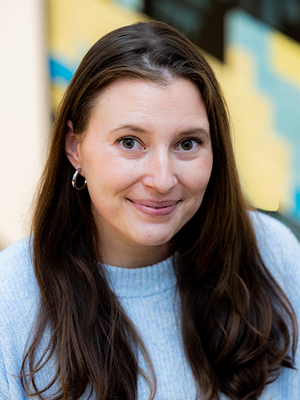 |
Chanté MullerPh.D., University of North Carolina at Greensboro, 2022 Design and Synthesis of Dual Modulators Targeting Endocannabinoidome ReceptorsThe extended endocannabinoid system (endocannabinoidome; eCBome) is involved in nearly every system within the body. Ranging from neurodegenerative and neuropsychiatric disorders to inflammation and obesity, the eCBome has become a promising target for novel treatment options. The TRPV1 and CB2 receptors have been implicated in inflammatory processes, but dual modulators for these two specific receptors, while avoiding CB1 activation and its consequent psychoactivity, are limited. Research in the Muller group focuses on the computational design and synthesis of dual TRPV1/CB2 receptor modulators as a treatment for chronic pain and inflammation in an opioid-sparing manner. Additional research interests include design and synthesis of CB1, TRPV2, and other eCBome receptor modulators, molecular dynamics of receptor activation, and binding site identification. Learn more about Chanté Muller. |
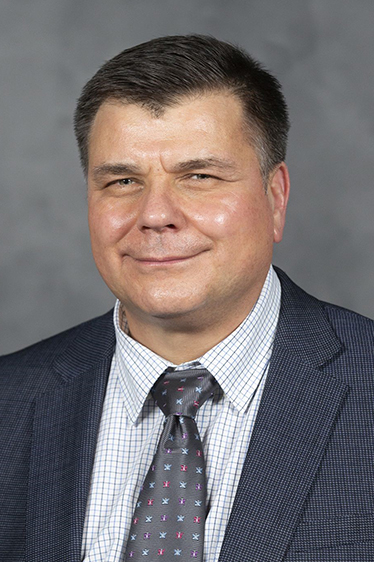 |
Evgueni E. NesterovPh.D., Moscow State University, 1996 Functional Organic Materials and PolymersResearch in our group encompasses various areas of experimental and theoretical organic chemistry, functional organic materials and polymers, physical organic chemistry and photochemistry. Among specific directions are:
Learn more about Evgueni Nesterov. |
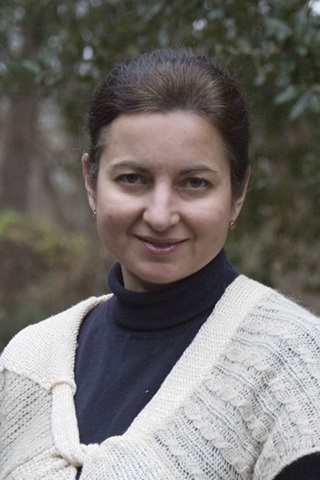 |
Irina NesterovaPh.D., Moscow State University, 1997 Bioanalytical Sensing SystemsResearch in our group evolves around development of new sensing systems for biological applications. Mostly we focus on designing molecular devices based on DNA backbone. DNA structure is refined over billions of years to be biocompatible, stable, and programmable material capable to interact with different ligands. For example, we are building upon DNA i-motif's ability to bind protons to develop sensing devices capable of detecting very small changes in concentration of H+ in vivo as well as in vitro for indirect assessment of processes involving protons (e.g., DNA replication, RNA transcription, phosphorylation). In addition, we work on the development of sensing systems that combine functionality of small molecules with advantages characteristic for oligonucleotides. We utilize a variety of spectroscopic (fluorescence, UV-vis absorption) and separation techniques (electrophoresis, chromatography), microscopy, and other methods to study and characterize the sensing systems. Learn more about Irina Nesterova. |
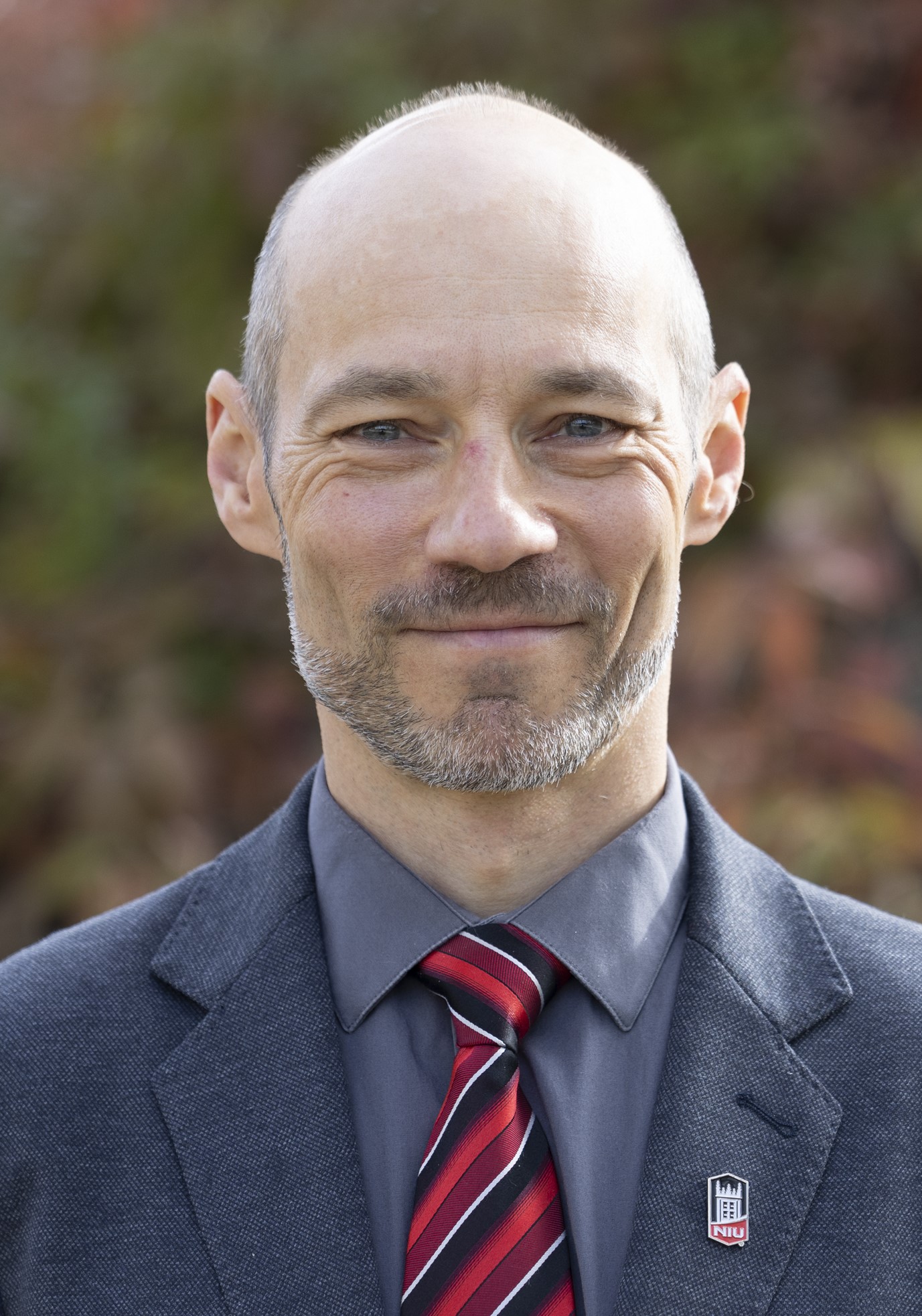 |
Victor RyzhovPh.D., Case Western Reserve University, 1998 Bioanalytical Mass SpectrometryResearch in the Ryzhov group focuses on bioanalytical applications of mass spectrometry and gas-phase ion chemistry. One area of interest involves studying structure and reactivity of radical ions in systems of biological interest (amino acids, peptides, nucleotides). This highly collaborative project uses ion–molecule reactions, computational chemistry, and ion IR spectroscopy to assess fundamental processes related to free radicals in proteins and DNA. Another application deals with gas-phase catalysis using metal ion complexes. Examples of this research include developing new catalysts for C–C bond coupling and hydrogen storage via the formic acid cycle. Our group also collaborates with Prof. Hagen on developing HPLC and LC/MS assays for monitoring enzyme inhibition. View the Ryzhov group website. Learn more about Victor Ryzhov. |
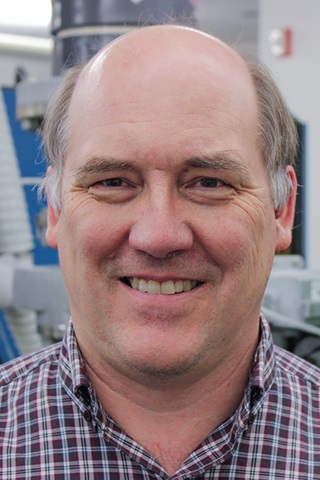 |
Lee S. SunderlinPh.D., University of California, Berkeley, 1990 Mass Spectrometry and ThermodynamicsMass spectrometry can be used to make precise measurements of physical properties of molecules. The flowing afterglow-guided ion beam mass spectrometer in our laboratory is used to study the reactions of ions with neutrals at well-defined energies. One main experiment is energy-resolved collision-induced dissociation, where the energy required for bond dissociation is measured. Systems studied range from species of atmospheric importance such as sulfuric acid to examples of hypervalent bonding such as IF8 and are being extended to larger species of biochemical interest. Computational chemistry can also be applied to these systems. One of the main results of these experiments is the determination of periodic trends, taking advantage of the ability of the mass spectrometer to handle periodically related ions by simply switching masses. Learn more about Lee Sunderlin. |
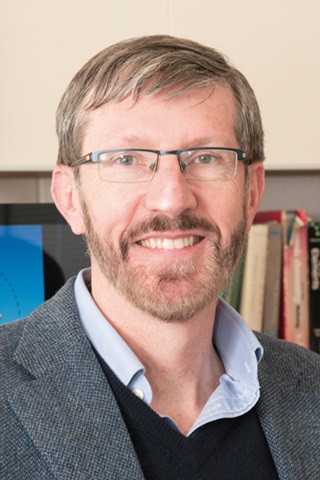 |
Ralph A. WheelerPh.D., Cornell University, 1988 Computational ChemistryNew materials are critical for efficient energy storage, and new catalysts are vital to make new materials more efficiently. Our research group is focused on developing new electrolytes (including ionic liquids) for battery applications and designing novel catalysts for radical polymerization and de-polymerization reactions. Thus, we focus on new ways to analyze and understand molecular dynamics simulations to determine electrolytes’ structures, properties, and structure-property relationships. We also use high-level quantum chemistry methods, including quantum Monte Carlo calculations, to understand and design new atom transfer radical polymerization (ATRP) catalysts. Our work is interdisciplinary, aims to help our collaborators predict experimental results, and accommodates a range of interests in chemistry (structural, thermodynamic, and transport properties), computers, statistics, and/or signal processing. Learn more about Ralph Wheeler. |
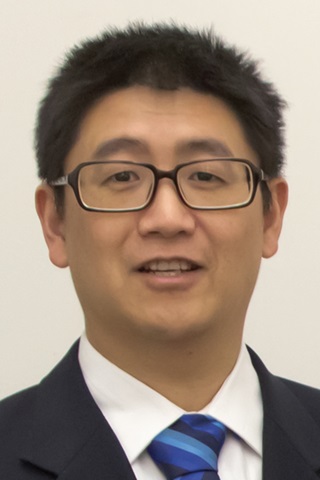 |
Tao XuPh.D., University of Alabama, 2003 Electrochemical conversion of CO2 to value-added chemicals. Light-matter interaction.The Xu group study the fundamental interactions at interfaces driven by electrons and/or photons platformed on a variety of renewable energy technologies including photovoltaics, spintronics, battery, electrocatalysis, fuel cells and sensors. We use basic chemical knowledge and advanced tools to design, synthesize and characterize novel materials and structures at atomistic and quantum mechanical level for better energy and environment‐related applications. Learn more about Tao Xu. |
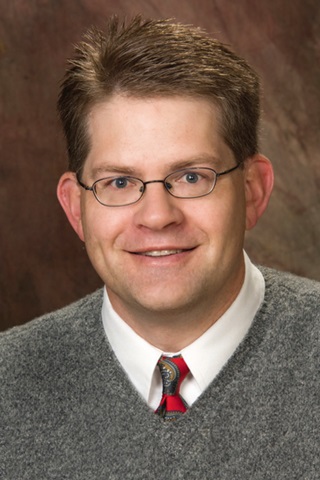 |
Douglas A. KlumppEmeritus Professor Synthetic Organic ChemistryOur research is multifaceted. While the work is centered in organic chemistry, we have interests in all aspects of this field. The research involves both synthetic methodology development (inventing new chemical reactions) and target-driven organic synthesis (natural products and pharmaceutical intermediates). Recent work in our laboratory has also sought to develop synthetic methods in bio-renewable chemistry. We also conduct many studies related to organic reaction mechanisms, with a strong emphasis in the study of electrophile–nucleophile reactions and acid-catalyzed processes. These studies utilize many of the tools available in physical organic chemistry, including theoretical calculations, spectroscopic studies, isotopic labeling, and kinetic studies. By being involved in mechanistic studies, our research group is able to use this knowledge to inspire new synthetic chemistry. View the Klumpp group website. Learn more about Douglas Klumpp. |
Contact Us
Northern Illinois University
Department of Chemistry and Biochemistry
Faraday Hall, Room 319
DeKalb, IL 60115